Still with digital marketing acronyms – add these to your list.
And we’re back with some more useful marketing acronyms (see our first list here)! Marketing, like so many specialist industries, has its own vocab and some of it is more user-friendly that others, especially when it comes to the online arena.
But there’s no need to stress. We’ve adding to your list so that when it comes to digital marketing, you’ll know just what everyone’s talking about.
Ten more digital marketing acronyms worth knowing
1. HTML – Hypertext Markup Language
This refers to the code used on most current websites. It gives the content on the website (headers, subheaders, text blocks) structure and form. It can be helpful in tracking different actions and finding different information on a website.
2. URL – Uniform Resource Locator
This is the content (mostly website addresses) that we type or see in the address bar of our browser. It tells the computer where to get the information we require or where to go – for example, the home page of a website.
3. SERP – Search Engine Results Page
Very simply, this is the page that comes up with a list of results in response to a query by a user. It is displayed by the search engine (Google, for example).
4. DM – Direct Message
An online message (as used on social media channels like Facebook and Twitter) that lets users get in touch with other followers or the account holder directly and privately. Private accounts generally only allow DMs from those they are connected with while business accounts might allow anyone to DM them.
5. NPS – Net Promoter Score
This is a success measurement used to determine, on a simple scale of 1 – 10, how customers feel about recommending a business to others. It’s a question of customer loyalty and can be used to help improve your business’ products or services.
6. GA – Google Analytics
A service offered by Google that tracks statistics like website traffic, sources, and conversion rates. Marketers use this data (and all kinds of website reporting) to better understand their target audiences, see how they engage with their websites, and trace their customers’ journeys throughout their online channels.
7. UV – Unique Visitor
This label is used to identify a visitor to a website. It allows marketers to see how many people are actually visiting a website during a set amount of time. If one person visits a website 20 times, the website will have had 1 UV and 20 site visits.
8. CID – Client ID
GA assigns a unique number (a CID) to every visitor who visits a webpage. This allows GA to track when the same person visits a website multiple times. The CID is stored via a cookie on the user’s browser.
9. QR Code – Quick Response Barcode
From your restaurant bill to your online shopping, scannable barcodes are used by marketers to connect offline and online marketing initiatives. Anyone with a smart phone (and, let’s face it, that’s almost everyone) can scan a QR code using their mobile device and access or share content.
10. DKI – Dynamic Keyword Insertion
Google Adwords allows ad creators to use DKI to respond to users’ search requests using predetermined keywords which are inserted into relevant adverts. For example, a user could type “professional clothes for work” into Google’s search engine, and your carefully crafted ad wins the auction and your website is displayed, but your ad only says “Clothes Shop.” With DKI, your ad can take the user’s query and change your display text in your ad to “Professional Clothes Shop.”
When it comes to digital marketing, we know all there is to know and we’re always on the lookout for what’s coming next (and how best we can use that to help our clients’ businesses grow). Want to work with digital marketing experts who have expertise, experience, and heart all wrapped up in one team? Work with us! At Switch, our team of marketing consultants and creatives are all about helping our clients make the most of tools like their websites!

